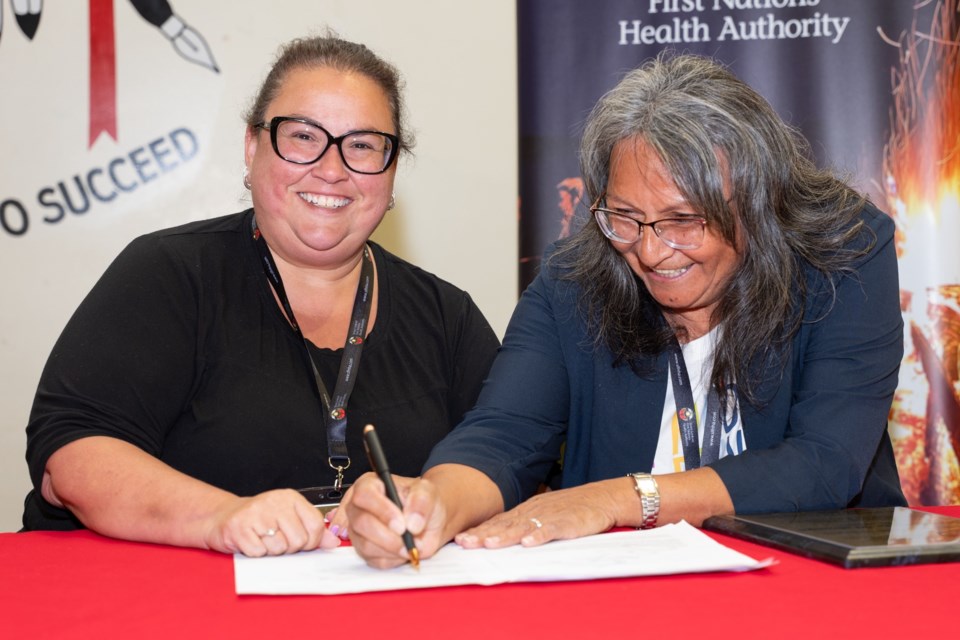EAGLE LAKE — Chief Bernadette Wabange wants to make this clear: Eagle Lake First Nation has no legal fight with Wabigoon Lake Ojibway Nation.
“I really need to stress that this fight isn’t against our neighbouring First Nation,” she told Newswatch Wednesday.
Instead, she said, her band’s disagreement is with “the NWMO and the government of Canada.”
NWMO stands for Nuclear Waste Management Organization. It’s the federally mandated, industry-funded body that wants to build a huge underground nuclear waste facility.
On Nov. 28 it announced the selection of a location east of Wabigoon Lake and Eagle Lake to construct its deep geological repository, or DGR.
In an application filed Dec. 20 in Federal Court, Eagle Lake First Nation seeks a judicial review of the NWMO’s site selection for the DGR.
The NWMO refused to consider Eagle Lake a host community for the DGR, “and not for any fair, justifiable or defensible reasons,” Eagle Lake’s application states.
Rather, according to the document, the organization rejected Eagle Lake because “members had indicated some concerns with the DGR.”
Excluding Eagle Lake from the process was a “procedurally unfair” and “bad faith” manoeuvre, the application asserts.
Eagle Lake’s attorney also says in the application that ignoring the First Nation’s concerns is a violation of the 1982 Constitution Act’s Section 35, which guarantees treaty and Aboriginal rights, and the necessity under the United Nations Declaration on the Rights of Indigenous Peoples to obtain “free, prior and informed consent.”
The Eagle Lake reserve is southwest of Dryden but the First Nation’s traditional territory includes the selected site east of Wabigoon Lake, according to the application.
Eagle Lake, also known as Migisi Sahgaigan, and the present Wabigoon Lake Ojibway Nation signed onto Treaty #3 as one nation in 1873 and continued as one nation for decades afterward, the filing states. For that reason, the two First Nations have overlapping territories.
“We feel like we should have been included in the decision making,” Wabange said Wednesday.
She said her First Nation is motivated “to ensure that the land is protected.”
Wabange noted that Eagle Lake is far from alone in its opposition to the DGR.
“There’s many within (Treaty 3) territory that are opposed as well. It’s not just Eagle Lake, right?”
The court filing, which also names the federal natural resources minister and attorney general as respondents, seeks to have site selection voided and put under judicial review.
In response to Eagle Lake’s legal action, NWMO spokesperson Carolyn Fell told The Canadian Press the nuclear body has “always been open to engaging with any First Nation interested in this project.”
She told Newswatch the site was chosen “following extensive technical study and community engagement which established that the site is safe and that the willing and informed host communities understand the project and support making it part of their community.”
The NWMO wants to build a deep-underground structure of chambers and tunnels for the long-term placement of spent fuel from Canada’s nuclear power plants.
Construction is projected to begin around 2033, depending on clearing regulatory and licensing reviews.
